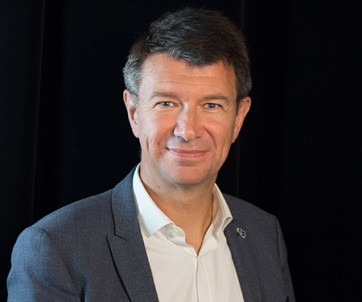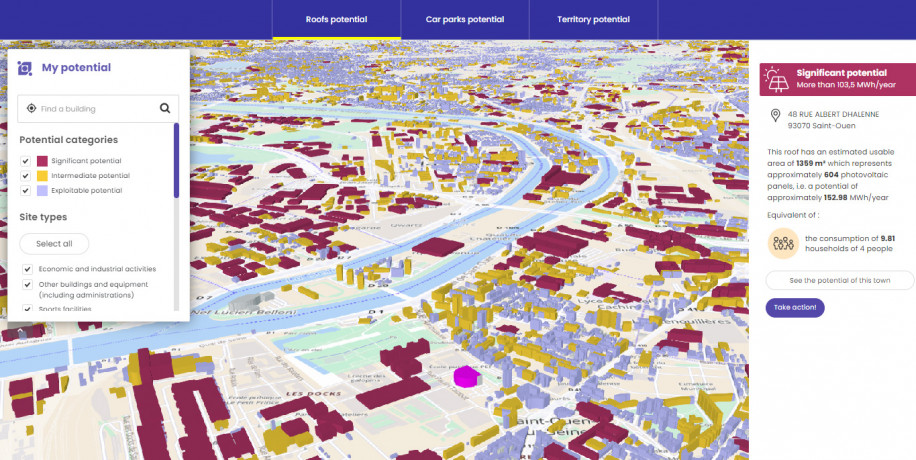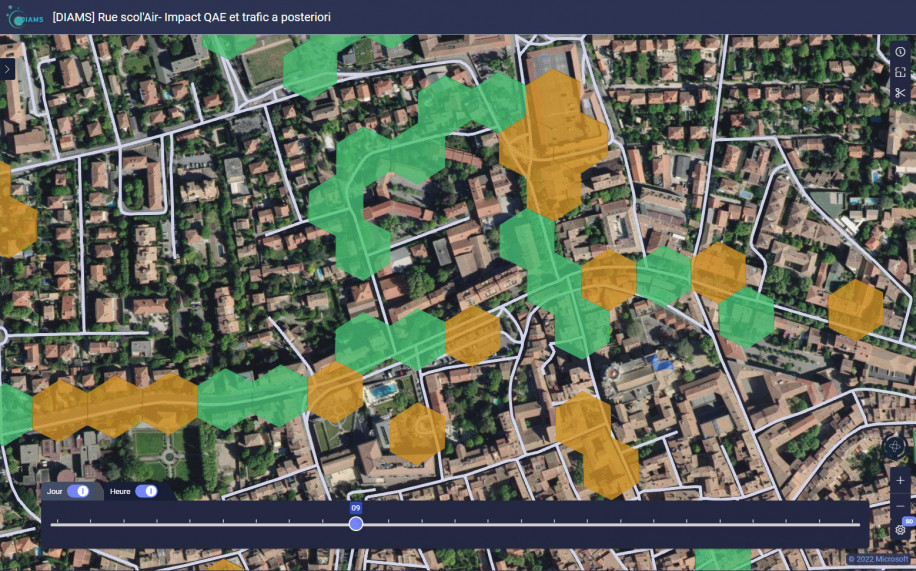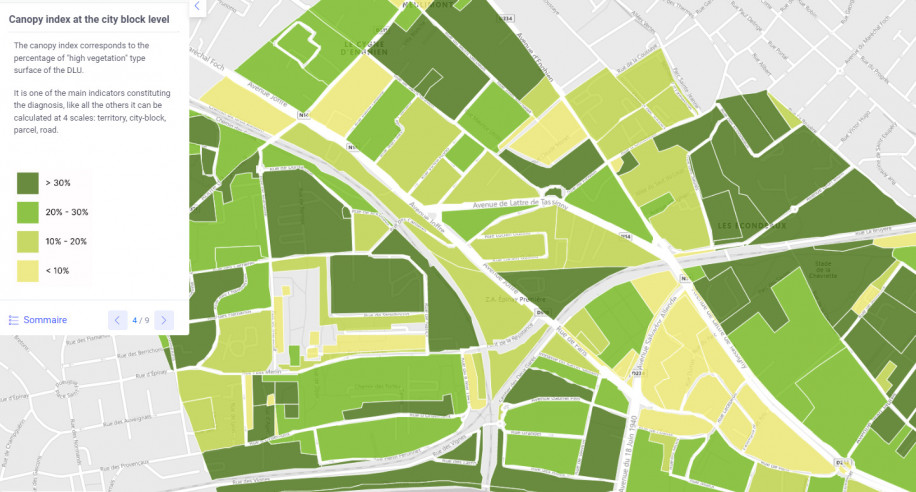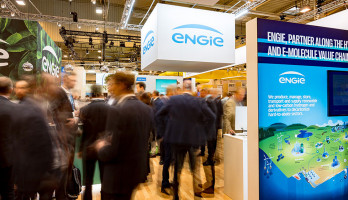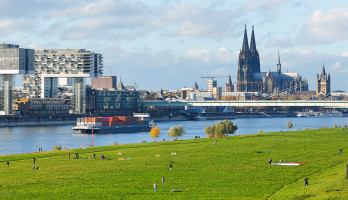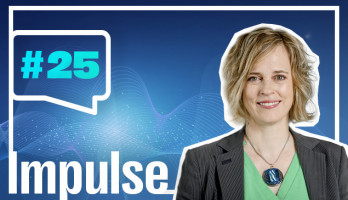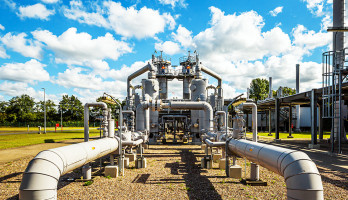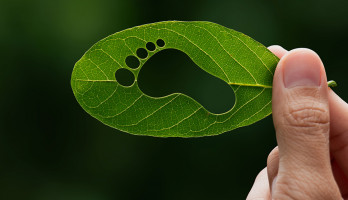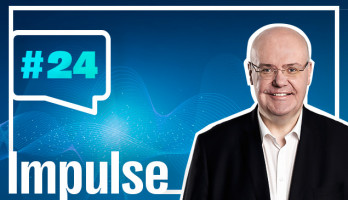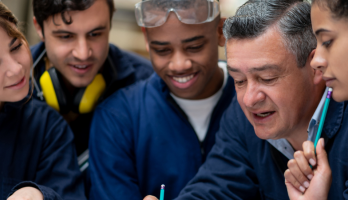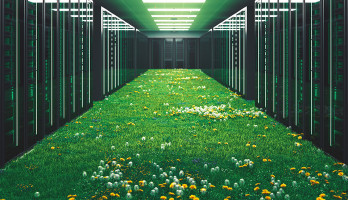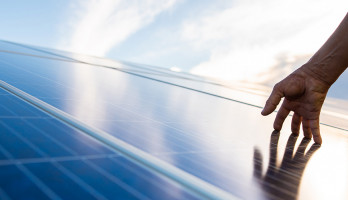
Digital decarbonization: how digital twins are paving the way to a more sustainable, carbon-neutral world
Decarbonization is a crucial component of all urban climate action plans: CO₂ emissions are to be reduced with the aim of no longer emitting any greenhouse gas through economic activities. Undoubtedly, this is one of the biggest challenges facing the world today and in the future. And in the midst of a global race to protect society as well as the environment, there is a growing awareness of the need to decarbonize cities. But what is the key to decarbonization in urban areas? Clearly, the key here is to take a holistic and integrated approach that involves all sectors and stakeholders. From our perspective, the focus must be on achieving a balance between man-made carbon emissions and the absorption of carbon from the atmosphere - in particular by reducing greenhouse gas emissions and increasing energy efficiency. Of course, social and economic development must also be taken into account.
In order to achieve a significant impact through measures and initiatives, a transformation of cities is required. This includes, for example, the creation of new public transport networks, the conversion of industries to renewable energy sources, and the insulation of buildings. Last but not least, the development of ecological solutions for carbon sequestration also play a role, as do thoughtful planning, evidence-based decision-making, and efficient collaboration between different sectors.
So-called digital twins strengthen these efforts: They not only visualize current emissions and energy consumption, they also simulate the impact of future changes. This leads to better, because more informed, decisions to achieve carbon neutrality and climate protection goals. Let's take a look together at some selected use cases where digital twins are helping to decarbonize our cities and industries.
Decarbonization through greener energy
Reducing energy consumption paves the way for decarbonizing our territories and industries. The visualization and assessment of this energy consumption of buildings mark the starting points. The decarbonization process is further accelerated by visualizing the impact of renewable energies on urban indicators such as air quality or CO2 emissions. These are precisely the steps that digital twins take: they serve as a unique planning and monitoring tool for public and private stakeholders to achieve their energy efficiency goals.
Digital twins provide insightful datasets and models that support stakeholders in their decision-making processes, from simulating a lamp replacement project and its impact on the energy consumption of the entire lighting network to identifying the best locations for installing solar panels according to environmental and economic criteria. For example, the Île-de-France region operates a unique digital service platform, the Ile-de-France Smart Services platform (see below), based on the largest digital twin in Europe delivered by SIRADEL, that allows anyone to assess the solar potential of rooftops in the Paris region.
Another example is the Fraîcheur de Paris cooling system. It shows how, thanks to digital twins, the impact of new district heating and cooling networks on environmental indicators such as air quality, noise or pollutant emissions is simulated. Energy networks can thus be better managed and expanded. Digital twins likewise enable planners of district heating and cooling networks to better predict energy demand: Using AI technology, they identify chillers on the roofs of buildings across the city, avoiding unnecessary site visits and also improving network planning.
Decarbonization through greener mobility
Spurred above all by awareness of environmental protection, a massive change has been observed in recent years in the way people get around in cities. This has been achieved thanks to the concept of soft mobility and the expansion of public transport networks. So this is another area where digital twins are extremely helpful! They allow up-to-date and accurate mapping of multimodal traffic flows to better understand the behavior and movements of motorized road users as well as cyclists and pedestrians. This evaluation, in turn, enables data-driven development and implementation of relevant policies in line with the city's goals - be it reducing pollution, improving accessibility to public facilities and services, or promoting fluid transportation.
Being able to assess in advance how the development of new bus lanes or a pedestrian zone will affect indicators such as air quality or liveability is a real benefit for planning optimized, greener mobility networks.
The DIAMS project example (see below) shows an assessment of the impact of a road closure on both traffic flow and air quality.
Decarbonization through greener cities
In the face of climate change, cities and municipalities are developing an increasing number of initiatives to green urban spaces and protect nature. For example, green spaces preserve biodiversity and the quality of life of residents by sequestering carbon, reducing the urban heat island effect, and preventing flooding.
In this context, digital twins provide cities with better knowledge of the currently unused potential and opportunities of their areas. They also provide a comprehensive inventory of green and blue infrastructure as well as a diagnosis of land use. By simulating different greening scenarios, digital twins help identify priority areas for greening and the best action plans for smarter urban planning and more nature in the city, for example, by calculating and visualizing the tree canopy index (see below).
Digital twins are the future of decarbonizing cities
The manifold benefits and application scenarios of digital twins for the development of greener cities have now only been touched upon here - but there is so much more to tell about them! And so, the SIRADEL team looks forward to bringing you more concrete examples of how digital twins, leveraging advanced AI and simulation capabilities, help both the public and private sectors achieve carbon neutrality and energy and climate efficiency.
Visit us at the ENGIE booth at E-World in Essen (May 23-25, 2023, Hall 1, Booth 304) and learn more!
Our Expert
